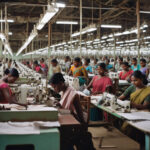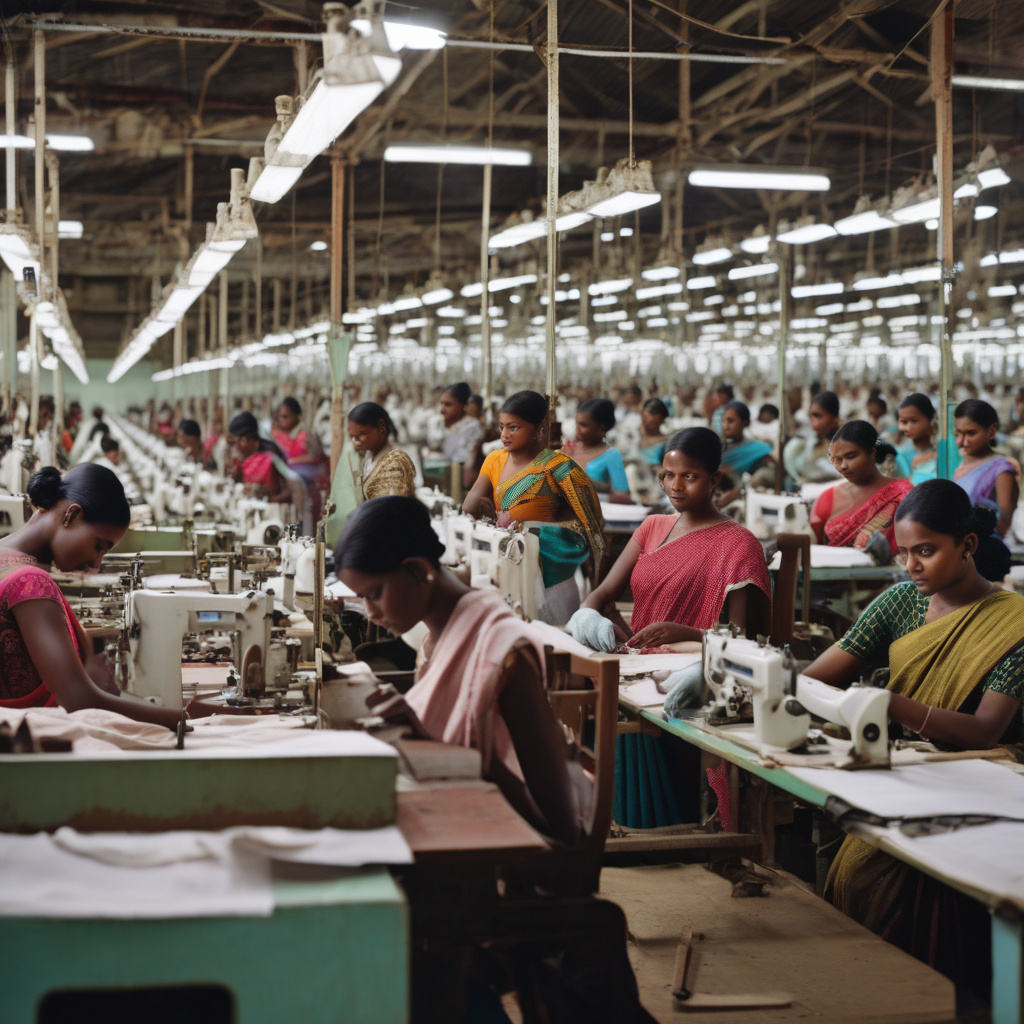Indian Garment Exporters Shift Production to East Africa Amid Changing Worldview
In the ever-changing landscape of global markets, the fashion industry continues to be a dynamic and evolving sector. This week, an interesting development has emerged as Indian garment exporters are increasingly moving their production to East Africa. This strategic shift comes at a time when the worldview of businesses is undergoing significant transformation, driven by various factors such as cost efficiencies, market access, and geopolitical considerations.
The decision by Indian garment exporters to relocate production facilities to East Africa reflects a broader trend within the industry. As the world becomes more interconnected, businesses are constantly seeking new opportunities and markets to stay competitive. East Africa, with its growing economy, strategic location, and preferential trade agreements, has emerged as an attractive destination for garment manufacturers looking to diversify their supply chains and reduce operational costs.
One of the key drivers behind this move is the changing worldview of businesses towards sustainability and ethical practices. By shifting production to countries in East Africa, Indian garment exporters can take advantage of the region’s abundant labor force, lower wages, and proximity to key export markets. This not only helps companies reduce their carbon footprint by minimizing transportation costs but also aligns with the growing consumer demand for ethically sourced and environmentally friendly products.
Moreover, the decision to move production to East Africa also highlights the importance of market access in today’s globalized economy. With the African Continental Free Trade Area (AfCFTA) coming into effect, businesses operating in the region can benefit from reduced trade barriers, streamlined customs procedures, and access to a market of over 1.3 billion people. This presents a significant opportunity for Indian garment exporters to expand their customer base and increase their market share in the region.
In addition to the strategic advantages, the shift in production to East Africa also underscores the geopolitical considerations that businesses must navigate in today’s complex global landscape. With trade tensions and protectionist measures on the rise, diversifying the supply chain and establishing a presence in multiple regions can help companies mitigate risks and ensure business continuity in the face of geopolitical uncertainties.
As Indian garment exporters make inroads into East Africa, this move is not without challenges. Companies will need to navigate operational complexities, cultural differences, and logistical hurdles to establish a successful presence in the region. However, with careful planning, strategic partnerships, and a deep understanding of the local market dynamics, Indian garment exporters can leverage the opportunities presented by East Africa to drive growth and innovation in the fashion industry.
In conclusion, the decision by Indian garment exporters to shift production to East Africa is a testament to the changing worldview of businesses in the global fashion industry. By embracing sustainability, seeking new markets, and navigating geopolitical complexities, companies can position themselves for long-term success in an increasingly interconnected world.
#IndianGarmentExporters, #EastAfricaProductionShift, #GlobalFashionIndustry, #SustainabilityInBusiness, #MarketAccessOpportunities











